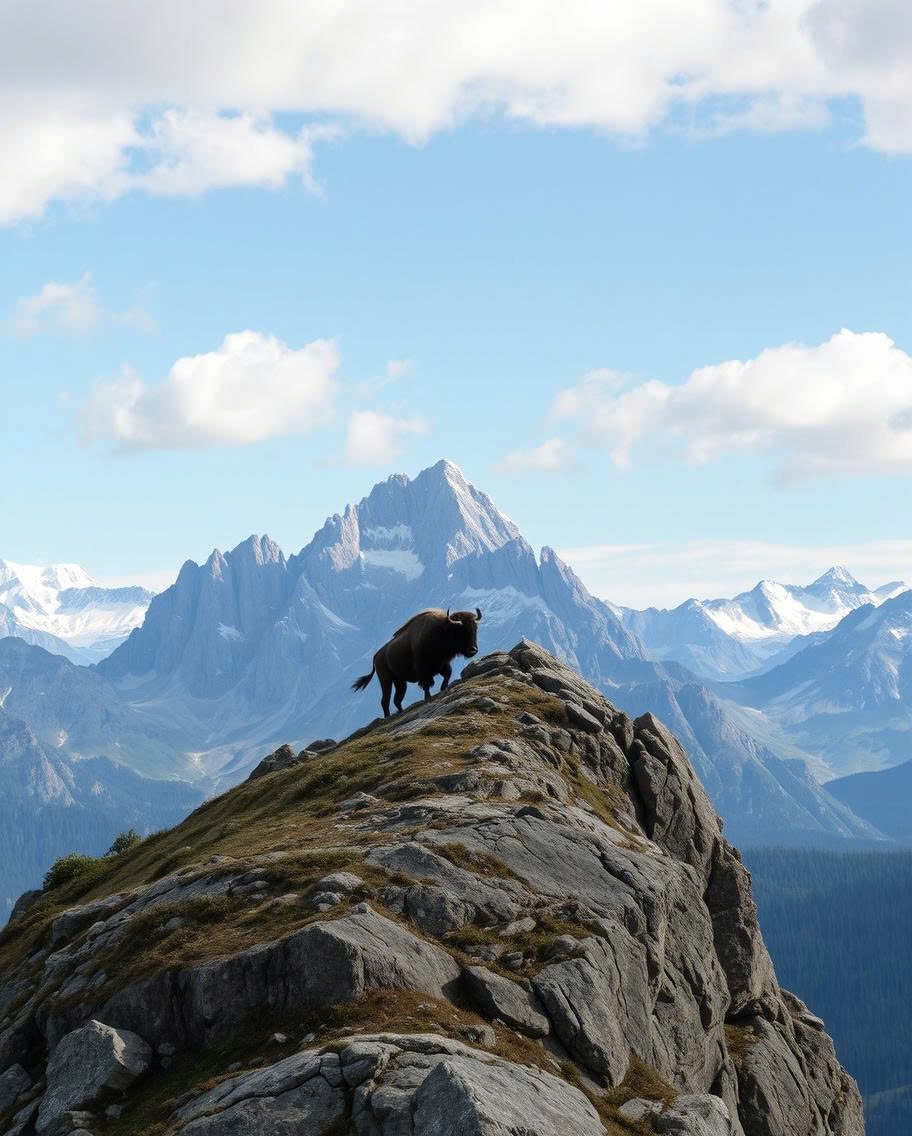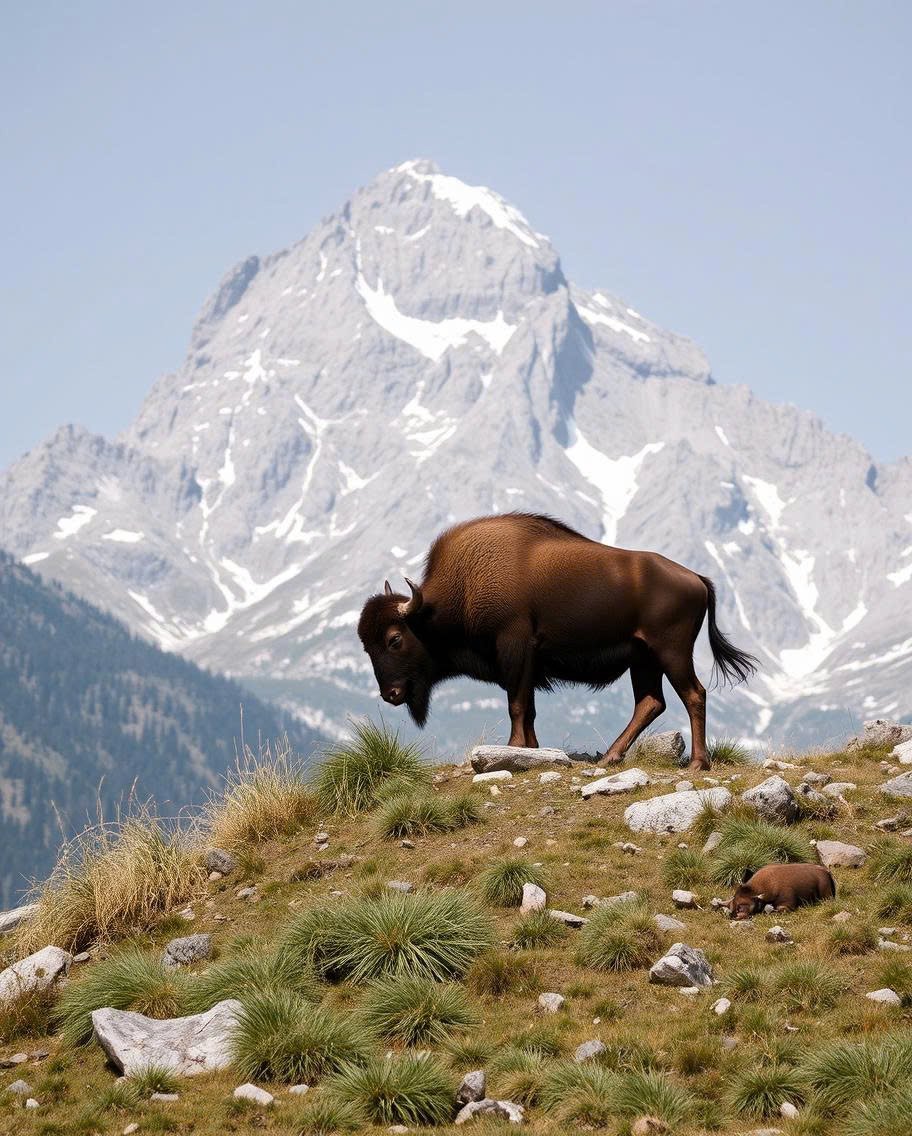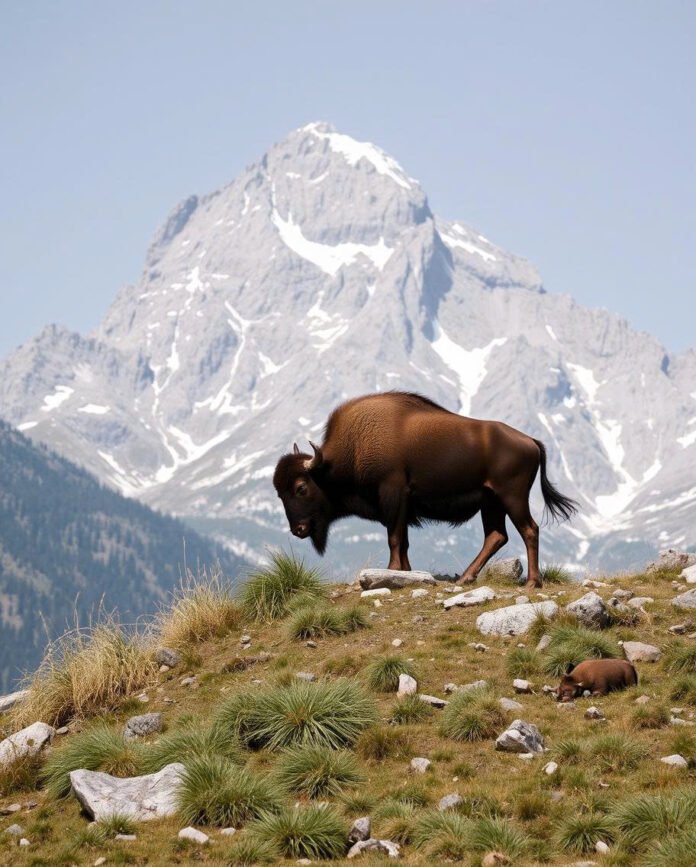When we think of animals scaling mountains, species such as mountain goats, snow leopards, or even certain birds of prey might come to mind. However, the idea of a buffalo, particularly the water buffalo (Bubalus bubalis), attempting to climb a mountain may seem far-fetched. In this article, we explore whether a buffalo can indeed climb mountains, how its physical characteristics influence its abilities, and the contexts in which this might be possible.
Link Domain https://lawadvisors.pamshion.net
Table of Contents
ToggleUnderstanding the Water Buffalo’s Physical Capabilities
Water buffaloes are robust and powerful animals, primarily known for their ability to navigate swampy areas, rice paddies, and wetlands. They have strong, muscular bodies, designed more for plowing through mud and water rather than scaling rocky inclines. Their hooves are broad and splayed, providing excellent stability on soft, uneven ground but not necessarily on hard, vertical surfaces.

- Strength and Stamina: One of the water buffalo’s greatest strengths is its endurance. These animals are capable of working long hours in harsh conditions without tiring easily. However, this stamina is tailored more towards long-duration, low-intensity activities like pulling plows rather than the explosive bursts of energy required for mountain climbing.
- Hoof Structure: The hooves of a water buffalo are flat and wide, which helps distribute their weight evenly when walking through marshy terrain. This structure, however, does not lend itself well to gripping rocky or steep surfaces, which would be essential for climbing mountains. Mountain goats, in contrast, have split hooves that can grip small ledges and rough terrain, something water buffaloes lack.
- Body Weight: The average adult water buffalo can weigh between 1,500 and 2,600 pounds. This considerable mass is a disadvantage when it comes to climbing, as their weight would require more energy and effort to move uphill, especially on steep or rugged mountain paths. Their bulk also increases the risk of slipping or falling on uneven terrain.

Can Water Buffaloes Navigate Hilly Terrain?
While true mountain climbing is out of the question for water buffaloes, they are not completely incapable of navigating hilly or inclined terrain. In many rural areas, particularly in Asia, water buffaloes are often found in regions with rolling hills. Their powerful legs allow them to move up and down these gentle slopes without too much difficulty, especially if the ground is firm and not too steep.
- Agricultural Use on Hillsides: In regions such as Northern Vietnam, Nepal, and parts of India, water buffaloes are used in agriculture on terraced hillsides. These terraces, while sloped, are not steep like mountains and offer wide, flat surfaces on which the buffaloes can work. The animals can move between terraces, but this is far different from climbing a true mountain.
- Wild Buffaloes in Hilly Forests: Wild water buffaloes, which are more agile than their domesticated counterparts, are sometimes found in hilly forested areas. They may not climb mountains, but they can navigate uneven forest floors, cross small hills, and even climb gentle inclines in search of food. Their wild counterparts, like the American bison, also show similar behaviors in rolling prairies and foothills.

Situations Where Buffaloes Might Be Seen on Slopes
While rare, there are situations where buffaloes might be seen on steeper inclines, but these are usually out of necessity rather than preference.
- Fleeing Predators: In the wild, if a water buffalo were pursued by a predator, it might attempt to climb a hill or slope to escape, though this would likely be a last resort. Given their size and weight, such a maneuver would be risky and could lead to injury.
- Searching for Food: In times of scarcity, wild buffaloes might venture onto steeper terrain in search of food, particularly during dry seasons when grass and other vegetation are sparse in the lowlands.
- Human Intervention: Domesticated water buffaloes might be led up or down slopes by their handlers in certain agricultural settings. However, these slopes are usually moderate and manageable for the buffaloes, far from the challenging climbs one might associate with mountainous terrain.
Conclusion: The Buffalo’s Limits
In conclusion, while water buffaloes are highly adaptable and capable animals, their physical characteristics and natural habitat preferences limit their ability to climb mountains. Their hooves, body weight, and overall design are optimized for flat, wet, and muddy terrains rather than steep, rocky inclines.
External links https://justicenow.pamshion.net/how-to-create-pizza-from-clouds.html
However, buffaloes can manage gentle slopes and are sometimes found in hilly regions where their strength and endurance are put to good use in agricultural tasks. The idea of a water buffalo scaling a mountain may be more the stuff of imagination than reality, but these animals continue to demonstrate incredible adaptability in the environments where they thrive.
Whether in the rolling hills of Southeast Asia or the plains of South Asia, water buffaloes remain a vital part of rural life, showcasing their resilience in the face of challenging, albeit not mountainous, landscapes.
4o
